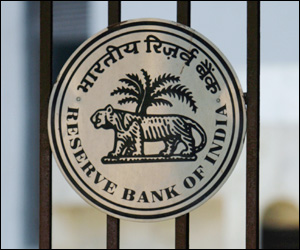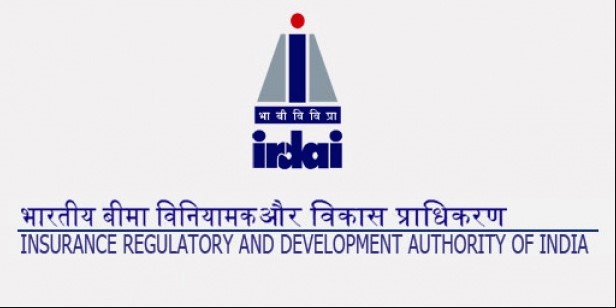The Reserve Bank of India is the central bank of India, was established on April 1, 1935 during the British-Raj in accordance with the provisions of the Reserve Bank of India Act, 1934. The Reserve Bank of India was set up on the recommendations of the Hilton Young Commission. The commission submitted its report in the year 1926, though the bank was not set up for nine years. The Central Office of the Reserve Bank was initially established in Kolkata, Bengal, but was permanently moved to Mumbai in 1937. Though originally privately owned, the RBI has been fully owned by the Government of India since nationalization in 1949.… Read the rest
Financial Institutions
The Reserve Bank of India (RBI): Objectives and Functions
The Reserve Bank of India (RBI) is the apex financial institution of the country’s financial system entrusted with the task of control, supervision, promotion, development and planning. RBI is the queen bee of the Indian financial system which influences the commercial banks’ management in more than one way. The RBI influences the management of commercial banks through its various policies, directions and regulations. Its role in bank management is quite unique. In fact, the RBI performs the four basic functions of management, viz., planning, organizing, directing and controlling in laying a strong foundation for the functioning of commercial banks.
History of Reserve Bank of India (RBI)In 1921, the Imperial Bank of India was established to perform as central bank of India by the British Government.… Read the rest
The Insurance Regulatory And Development Authority (IRDA)
Insurance Regulatory and Development Authority (IRDA) is regulatory and development authority under Government of India in order to protect the interests of the policyholders and to regulate, promote and ensure orderly growth of the insurance industry. It is basically a ten members’ team comprising of a Chairman, five full time members and four part-time members, all appointed by Government of India. This organization came into being in 1999 after the bill of IRDA was passed in the Indian parliament.
The creation of IRDA has brought revolutionary changes in the Insurance sector. In the last 10 years of its establishment the insurance sector has seen tremendous growth.… Read the rest
Functions of Life Insurance Corporation of India (LIC)
Life insurance business in India was being transacted by private companies until 1956. As a result of the long felt need and in the interest of insuring public, the life insurance business was nationalized in 1956. The nationalization resulted in the establishment of Life Insurance Corporation of India (LIC) by an act of the Parliament. The Corporation was formed and began to function on September 1, 1956 by taking over 170 companies and 75 provident societies. The entire initial capital of Rs.5 crore was contributed by the government of India. The objective of nationalization was described by the then finance minister, C.… Read the rest
National Securities Clearing Corporation Ltd. (NSCCL)
National Securities Clearing Corporation Ltd. (NSCCL) is a wholly owned subsidiary of NSE and was incorporated in August 1995. It was the first clearing corporation to be established in the country and also the first clearing corporation in the country to introduce settlement guarantee. It was set up with the following objectives:
- to bring and sustain confidence in clearing and settlement of securities;
- to promote and maintain, short and consistent settlement cycles;
- to provide counter-party risk guarantee, and
- to operate a tight risk containment system.
National Securities Clearing Corporation Ltd. carries out the clearing and settlement of the trades executed in the equities and derivatives segments of the NSE, It operates a well-defined settlement cycle and there are no deviations or deferments from this cycle.… Read the rest
Inter-Connected Stock Exchange (ISE)
The formation of NSE changed the way in which the stock exchanges were functioning. Modern infrastructure, technology, transparency and corporate governance are now becoming the features in the corporate the world. It also forced BSE to adopt the new technology and with this, NSE and BSE crossed boundaries and started functioning, operating throughout India. This affected the functioning of small and regional exchanges. This led to the birth of the Inter-connected Stock Exchange of India Ltd. (ISE). Federation of Indian stock exchanges, in a meeting held in 1996, constituted a steering committee to evolve an interconnected market system. In 1997, the market governing body of India, Securities and Exchange Board of India (SEBI) granted approval to the proposal of the ISE to set up a national level stock exchange promoted by 14 regional stock exchanges. … Read the rest



